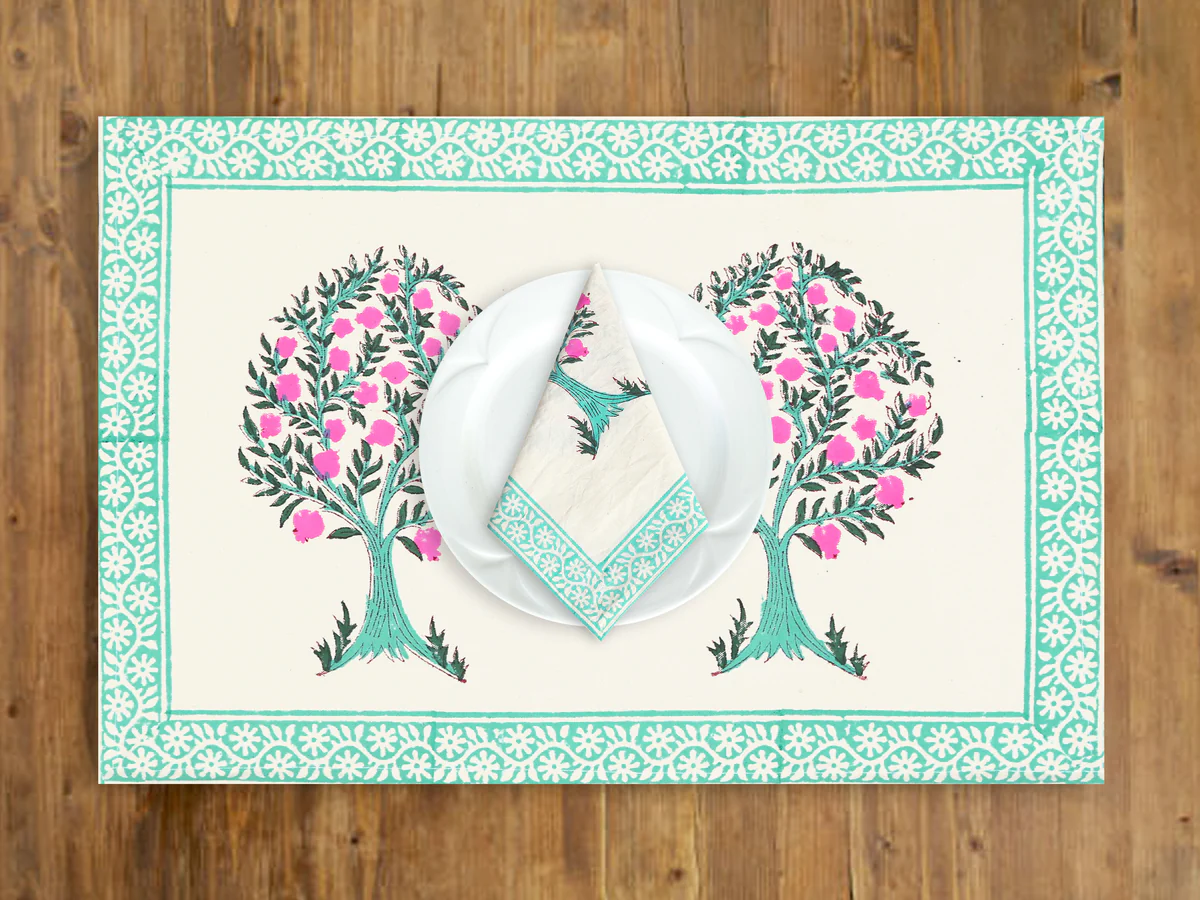Exploring the Colors and Techniques of Rajasthan’s Miniature Art

Rajasthan’s miniature art is a unique form of painting known for its intricate details, vibrant colors, and historical significance. Developed under royal patronage, this centuries-old tradition reflects the region’s cultural and artistic legacy. From delicate brushwork to natural pigments, the techniques used in this art form are a testament to the skills of Rajasthani artisans.
What is Rajasthan’s Miniature Art?
Miniature painting in Rajasthan is a traditional art form that originated in the medieval period. Despite being small in size, these paintings are rich in detail, portraying themes from mythology, nature, and royal life. The intricate designs and storytelling elements make them one of India’s most treasured art forms. Influenced by Persian and Mughal styles, this art form evolved uniquely in Rajasthan, particularly in places like Udaipur, Jaipur, and Bundi.
The Historical Influence of Miniature Art in Rajasthan
The roots of Rajasthani miniature painting can be traced back to the 16th century when the Rajput rulers patronized artists to create visual representations of their royal stories. The paintings were often used to depict scenes from epics like the Ramayana and Mahabharata and showcased themes of devotion, love, and nature. Different regions in Rajasthan developed their own distinct styles, including:
- Mewar Style: Known for its bold colors and detailed depictions of historical events.
- Bundi Style: Features expressive faces and lush landscapes.
- Jaipur Style: Influenced by Mughal art, focusing on courtly life and nature.
- Marwar Style: Simple compositions with a strong folk influence.
The Colors Used in Rajasthan’s Miniature Art
The choice of colors in miniature paintings is crucial in maintaining their brilliance and appeal. Traditionally, artists used natural pigments derived from:
- Minerals and Stones: Lapis lazuli for blue, malachite for green, and ochre for yellow.
- Vegetables and Flowers: Saffron for orange, indigo for deep blue, and turmeric for yellow.
- Gold and Silver: Used to highlight details, especially in royal depictions.
The colors are mixed with gum and water to achieve the perfect consistency, ensuring longevity and vibrancy.
The Techniques Behind Miniature Art
Creating a miniature painting requires patience and precision. Artists follow a meticulous process that includes:
- Surface Preparation: Handmade paper or silk is treated with a mixture of starch and glue to make it smooth.
- Sketching: The outline of the artwork is drawn using fine brushes and charcoal.
- Color Application: Layer by layer, natural pigments are applied to add depth and texture.
- Shading and Detailing: Intricate designs, shading, and gold embellishments are added to enhance the artwork.
- Final Touches: Borders and finishing details are refined to ensure a complete masterpiece.
Themes and Subjects in Miniature Art
Rajasthan’s miniature paintings cover various themes, reflecting the region’s diverse cultural heritage. Some of the most popular subjects include:
- Religious Narratives: Depictions of Hindu deities, temple scenes, and divine stories.
- Royal Portraits: Kings, queens, and noblemen are commonly featured.
- Nature and Wildlife: Inspired by Rajasthan’s biodiversity, birds, animals, and floral patterns are intricately painted.
- Daily Life Scenes: Courtly gatherings, hunting expeditions, and festivals are illustrated in detail.
One of the finest examples of this theme is Pichwai Paintings, which showcase intricate depictions of Lord Krishna’s life. These paintings, known for their elaborate detailing and religious significance, can be explored further here.
Birds in Rajasthan’s Miniature Art
Birds play a significant role in miniature paintings, symbolizing beauty, freedom, and spirituality. Artists often paint peacocks, parrots, and swans with detailed feather work, bringing life to their compositions. The use of Birds on Canvas is a prominent feature of many Rajasthani paintings. More examples of this can be found here.
The Modern Relevance of Miniature Art
Despite its historical roots, Rajasthani miniature art continues to thrive. Today, artists use modern materials while maintaining traditional techniques. Miniature paintings are now found in:
- Home Decor: Used in wall art, tableware, and textile designs.
- Fashion: Traditional motifs incorporated into clothing and accessories.
- Art Exhibitions: Showcased in galleries worldwide to preserve and promote the legacy of this art form.
Conclusion
Rajasthan’s miniature art stands as a testament to India’s rich artistic heritage. The vibrant colors, intricate designs, and deep-rooted traditions make it a timeless treasure. Whether depicting mythology, royalty, or nature, this art form continues to captivate art enthusiasts and historians alike. By supporting and appreciating miniature art, we help preserve a legacy that has been passed down through generations.







